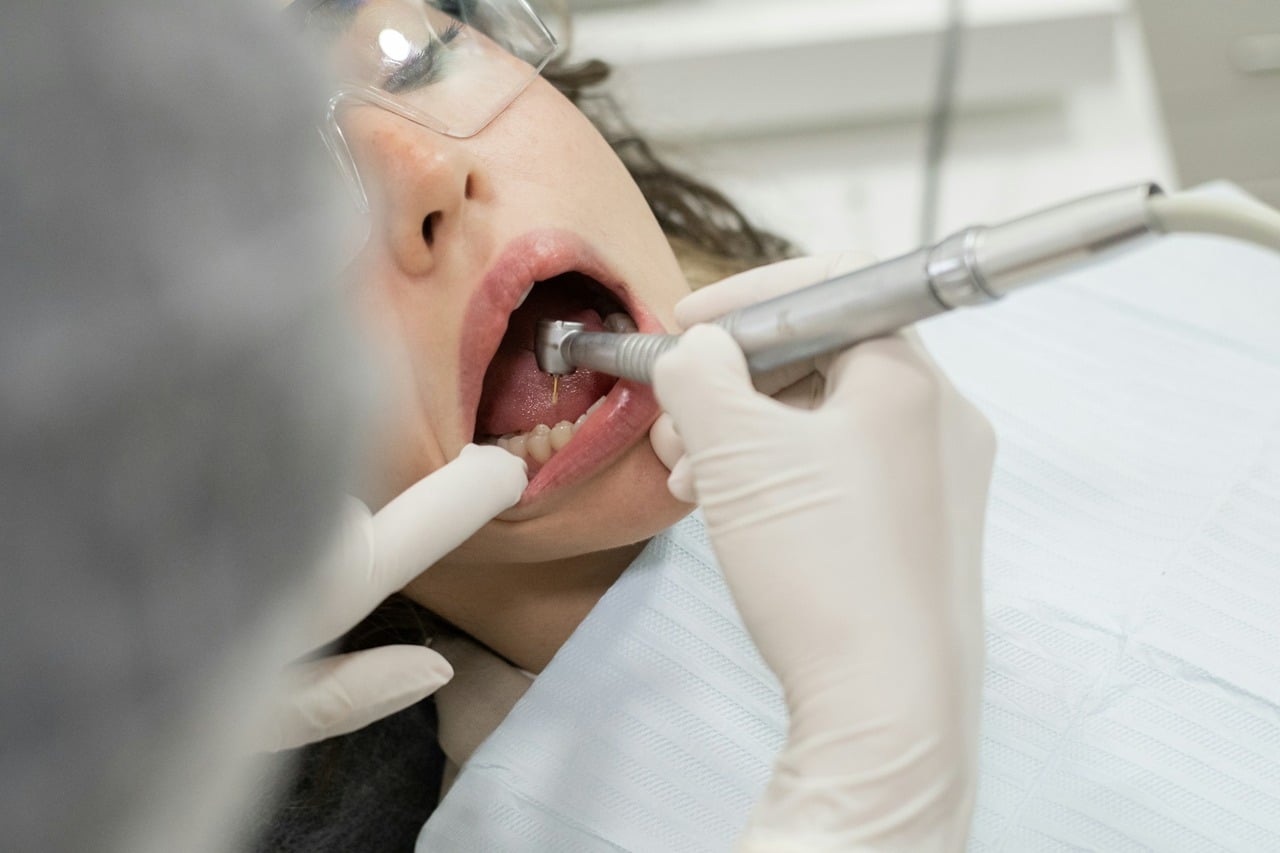Sedation dentistry has revolutionized the way patients experience dental procedures, making even the most complex treatments manageable and stress-free. By using medication to help patients relax, sedation dentistry addresses fears and anxieties that many people face when visiting the dentist. It’s especially beneficial for lengthy procedures, ensuring comfort throughout the treatment.
Understanding how sedation dentistry works and what to expect during and after your appointment can ease any concerns you may have. It’s not just about calming your nerves; it’s about providing a more pleasant and effective dental care experience. Whether it’s a routine procedure or something more involved, sedation dentistry offers a pathway to comprehensive care that prioritizes your comfort and peace of mind.
Understanding Sedation Dentistry: Overview and Types
Sedation dentistry is designed to provide a calm and pain-free experience for those undergoing dental procedures. It’s particularly helpful for those with dental anxiety, sensitive gag reflexes, or a low pain threshold.
There are several types of sedation used in dentistry:
– Nitrous Oxide (Laughing Gas): A mild sedative inhaled through a mask, making you feel relaxed. Its effects wear off quickly, allowing you to drive home after your appointment.
– Oral Sedation: Taken in pill form, this type offers a moderate level of sedation. It makes you drowsy, though you’ll remain awake. Some people may even fall asleep but easily awaken when needed.
– IV Sedation: Administered through a vein, providing deeper sedation. It works quickly and allows the dentist to adjust the level as needed. You’ll likely have little memory of the procedure.
– General Anaesthesia: Reserved for more extensive procedures, this method makes you completely unconscious. Used less frequently, it requires a specialist present during your treatment.
These sedation options enable dentists to perform complex dental work with minimal discomfort to the patient. Knowing these choices can help you and your dentist decide the best approach for your procedure, ensuring comfort and safety.
Benefits of Sedation Dentistry for Complex Procedures
Sedation dentistry offers multiple advantages, especially for complex dental procedures. From easing anxiety to improving the quality of dental care, the benefits are substantial.
One of the main advantages is anxiety reduction. Many people avoid the dentist due to fear, which can lead to untreated dental issues. Sedation helps them relax, ensuring they receive the necessary care without stress.
Through sedation, discomfort is also minimized. Patients who fear the sounds or sensations of dental work can remain calm and at ease. This allows dentists to work more efficiently, often completing treatments in fewer visits.
Sedation also increases cooperation. Some patients, particularly children or those with special needs, may struggle to sit still for extended periods. Sedation keeps them comfortable, allowing the dentist to perform procedures effectively and without interruption.
Additionally, sedation enables the completion of extensive dental work in one sitting. Those needing multiple procedures can save time by having several treatments done at once while under sedation. This reduces the number of appointments needed and speeds up the overall treatment process.
Safe Practices and What to Expect During Your Appointment
When preparing for a sedation dentistry appointment, knowing what to anticipate helps ensure a smooth experience. Firstly, a detailed assessment by the dental team is essential to determine the appropriate type and level of sedation. This involves considering your medical history, current medications, and any known allergies.
On the day of the procedure, follow any pre-appointment instructions provided by your dentist. This may include fasting for several hours or arranging for someone to accompany you to the appointment and drive you home, particularly if you’re receiving oral or IV sedation.
Your comfort and safety are the dental team’s top priorities during the appointment. Monitoring devices will track your vital signs, such as heart rate and oxygen levels, to ensure everything stays within a safe range. A trained professional will oversee the sedation process, adjusting as needed.
Be prepared for some lingering effects after the procedure. You may feel groggy or have a fuzzy memory of the appointment, especially with deeper sedation levels. Having a companion with you can help alleviate concerns and ensure your safe return home.
Post-Procedure Care: Ensuring a Smooth Recovery
After a sedation dentistry procedure, knowing how to care for yourself can speed up recovery and enhance comfort. Although you might feel drowsy, rest is crucial in aiding recovery. Avoid engaging in strenuous activities or making any important decisions immediately post-treatment.
Pain management is another vital aspect of post-procedure care. Your dentist may recommend over-the-counter medications or prescribe pain relief. Follow the dentist’s advice on any medications and reach out if discomfort persists.
Hydration and nutrition play a role in recovery. Start with light meals and soft foods to ease into normal eating. Staying hydrated helps your body heal. A balanced diet supports recovery by providing essential nutrients.
Finally, schedule follow-up visits if recommended. These ensure your mouth is healing as expected and offer a chance to address any concerns with your dental team. By following these simple guidelines, your recovery from a sedation dentistry procedure can be smooth and swift.
Conclusion
The use of sedation in dentistry has provided countless patients with a way to undergo necessary treatments without fear or pain. By offering options tailored to each individual’s needs, sedation dentistry allows for a more relaxed and efficient dental experience. From understanding safe practices during your appointment to following post-procedure care, the journey through sedation dentistry is designed to be as comfortable as possible.
Ready to experience a stress-free dental visit? Look no further than Pickering Dental Services to learn how sedation dentistry in Ajax can ease your dental procedures. Our team is committed to providing safe and effective care tailored to your needs. Call us now to schedule your consultation and take the first step towards a healthier, happier smile.


